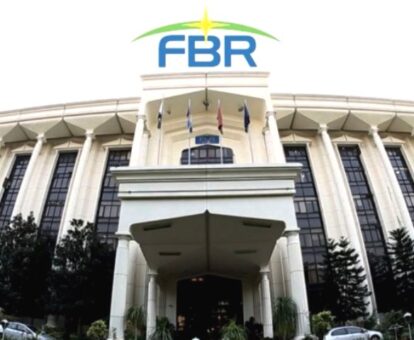Section 76 of Income Tax Ordinance, 2001 has defined the procedure for calculating income tax against cost incurred on purchase of assets.
In the world of taxation, the precise determination of an asset’s cost is a vital element, impacting the calculation of income tax. Section 76 of the Income Tax Ordinance, 2001, provides clear guidelines for the calculation of the cost of assets, outlining the factors that need to be considered in this process.
Section 76(1) of the Income Tax Ordinance, 2001, establishes the cost of an asset as a fundamental factor for the purposes of the ordinance.
Section 76(2) delves into the specifics of calculating the cost of an asset purchased by an individual or entity. It is defined as the sum of several components:
(a) The total consideration given for the asset, which includes the fair market value of any consideration in kind determined at the time the asset is acquired.
(b) Any incidental expenditure incurred by the person in acquiring and disposing of the asset.
(c) Any expenditure incurred by the person to alter or improve the asset.
It’s important to note that the expenditure under clauses (b) and (c) cannot be fully allowed as a deduction under the Income Tax Ordinance. In essence, it prevents double deduction, ensuring that only the actual, non-deducted costs are included in the asset’s cost.
Section 76(3) addresses assets treated as acquired under Section 75(6), establishing their cost as the fair market value of the asset determined at the date it is applied to business use.
Section 76(4) covers assets that are produced or constructed by a person. In this case, the cost is determined as the total costs incurred in producing or constructing the asset, including any expenditure referred to in clauses (b) and (c) of Section 76(2).
Section 76(5) introduces considerations for assets acquired with foreign currency-denominated loans. It accounts for changes in liability under the loan in terms of Rupees and specifies that any increase or decrease in liability is added to or deducted from the asset’s cost. This reflects foreign currency fluctuations, with any differences being considered for depreciation purposes.
Section 76(6) clarifies that this calculation should take into account the person’s position under any hedging agreement related to the loan.
Section 76(7) provides guidance when a person disposes of a part of an asset. The cost of the asset is to be apportioned between the retained part and the part disposed of based on their respective fair market values at the time of acquisition.
Sections 76(8) and 76(9) deal with situations where the acquisition of an asset results in an amount chargeable to tax or an amount exempt from tax, respectively. In these cases, the cost of the asset is calculated differently, incorporating the tax implications.
Section 76(10) states that the cost of an asset does not include the amount of any grants, subsidies, rebates, commissions, or other forms of assistance, except to the extent that they are chargeable to tax under the ordinance.
Finally, Section 76(11) gives the Board the authority to prescribe rules for determining the cost of any asset, providing flexibility in certain situations.
In summary, Section 76 of the Income Tax Ordinance, 2001, plays a crucial role in defining how the cost of assets is calculated, ensuring that it aligns with the specific circumstances of asset acquisition and taxation. Accurate determination of asset costs is essential for the proper assessment of income tax liability.
